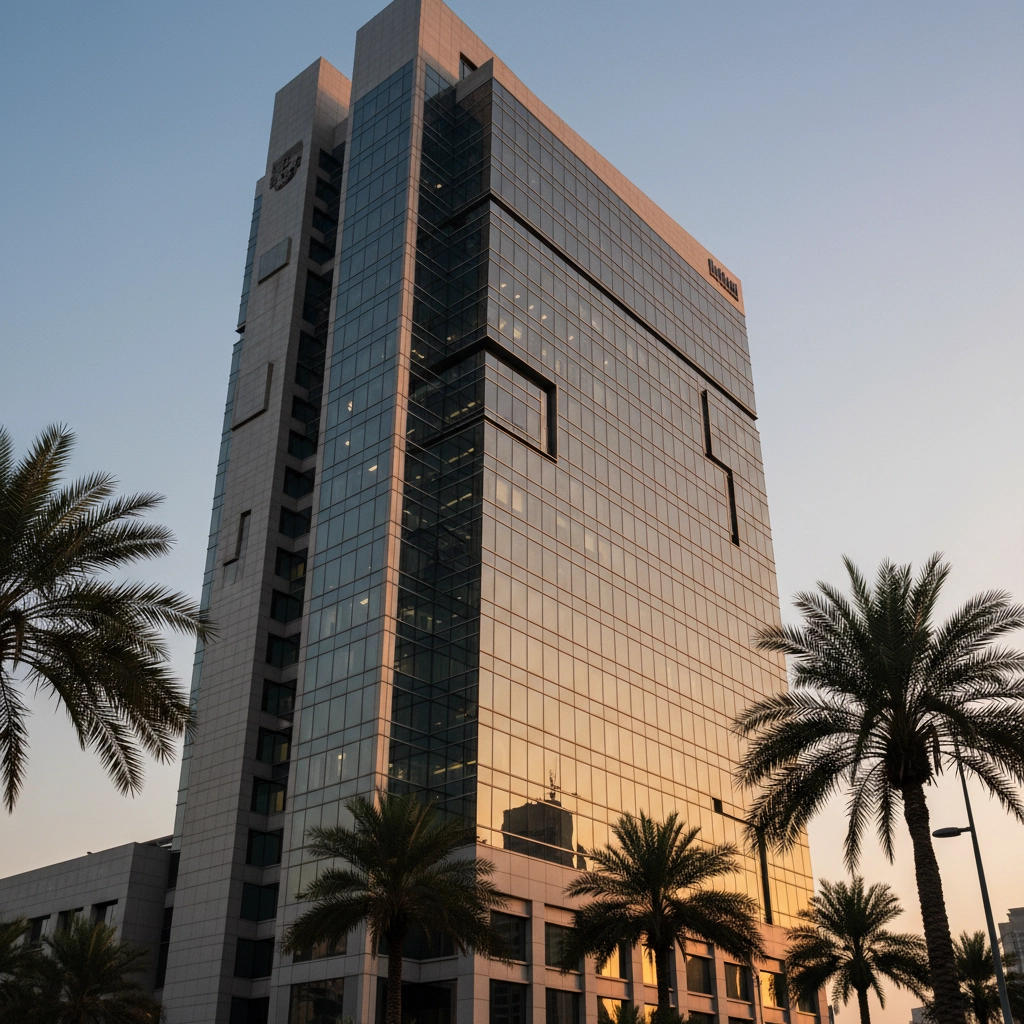Setting Up a Fund in UAE vs Saudi Arabia: Which Is Better for Your Private Equity Strategy?
- Joseph Houguez
- Oct 30
- 4 min read
Updated: Nov 6
The Middle East private equity landscape has fundamentally shifted. What once centered around opportunistic deal-making has evolved into sophisticated, jurisdiction-specific strategies that demand careful consideration of regulatory frameworks, capital deployment mechanisms, and long-term positioning.
Fund managers today face a critical decision: establish operations in the UAE's established financial ecosystem or capitalize on Saudi Arabia's unprecedented capital mobilization under Vision 2030. Both jurisdictions offer compelling advantages, but each demands distinct approaches to fund structuring, investor relations, and operational execution.
UAE: Cross-Border Gateway with Regulatory Sophistication
The UAE has cemented its position as the primary gateway for cross-border private equity activity in the Middle East. Dubai International Financial Centre (DIFC) alone processed an unprecedented number of asset manager registrations in 2023, reflecting institutional confidence in the jurisdiction's regulatory framework and operational infrastructure.
Regulatory Architecture
DIFC provides three distinct fund vehicles: investment companies, investment trusts, and investment partnerships. The Qualified Investor Fund (QIF) structure offers particular appeal for sophisticated managers, featuring a streamlined two-day notification target for regulatory approval. This isn't about simplicity: it's about regulatory efficiency designed for institutional-grade operations.
However, 2025 brought significant tax framework changes. Updated guidance on tax-exempt qualifying investment funds now includes enhanced investor reporting obligations for investment managers. The first corporate tax registration deadline passed on September 30, 2025, fundamentally altering the cost structure for many fund operations.

Operational Advantages
The UAE's infrastructure extends beyond regulatory frameworks. Port connectivity, telecommunications systems, and financial services infrastructure create an integrated ecosystem for cross-border capital deployment. Dubai serves as the natural hub for international fund structures and holding companies, positioning managers to serve investors across multiple jurisdictions simultaneously.
The diversified economy: spanning technology, financial services, e-commerce, and retail: provides multiple sector exposure opportunities within a single jurisdiction. This economic breadth supports portfolio diversification strategies that many single-sector focused jurisdictions cannot accommodate.
Structural Considerations
Corporate tax implementation has created new compliance obligations. Expanded nexus rules for nonresident investors can now result in taxable income situations that require careful structuring. Real estate investment trusts and QIFs maintain tax-exempt status, but achieving this classification demands rigorous documentation and ongoing compliance management.
Entry costs reflect the jurisdiction's advanced infrastructure and established competition. Operational expenses in Dubai's financial districts command premium pricing, though this often translates to superior service delivery and regulatory certainty.
Saudi Arabia: Capital-Intensive Transformation
Saudi Arabia captured nearly half of private equity deal volume by activity in 2025, but this statistic masks the kingdom's strategic shift toward fewer, larger capital deployments. The average transaction size has moved decisively upward, with nearly one-third of deals ranging from $500 million to $1 billion.
Vision 2030 Integration
The new Investment Law provides the regulatory foundation, but Vision 2030 creates the strategic imperative. Government and sovereign wealth fund participation isn't incidental: it's central to the kingdom's capital allocation strategy. Private equity firms aligning with diversification objectives find themselves with direct government partnership opportunities unavailable in other jurisdictions.
NEOM and Green Riyadh represent more than infrastructure projects: they're proof points for the kingdom's commitment to non-oil sector development. Fund managers targeting long-term infrastructure, advanced manufacturing, or public-private partnerships find government co-investment mechanisms that significantly enhance capital efficiency.

Deal Structure Reality
Saudi Arabia's private equity market experienced a 40% decline in deal count during H1 2025, but average deal size increased proportionally. This isn't market contraction: it's strategic consolidation around mega-projects requiring substantial capital commitment and extended deployment timelines.
Tax incentives and investor support packages target specific sectors aligned with diversification goals. These aren't generic business benefits: they're strategic tools designed to attract capital to priority economic segments. Manufacturing, tourism, entertainment, and technology sectors receive preferential treatment reflecting the kingdom's transformation priorities.
Implementation Complexity
Regulatory approval processes for large-scale projects involve multiple government entities and extended timeline requirements. This complexity isn't bureaucratic inefficiency: it's comprehensive vetting for projects requiring multi-year capital deployment and substantial infrastructure coordination.
The existing investor network remains smaller and more government-centric compared to the UAE's established international community. However, this creates opportunities for early-mover advantage and direct access to decision-makers that more mature markets cannot provide.
Strategic Framework Comparison
Dimension | UAE | Saudi Arabia |
Regulatory Approval | 2-day QIF notification | Project-dependent multi-entity review |
Target Deal Size | $100M-$2B scalable | $500M-$1B+ focus |
Government Involvement | Regulatory oversight | Direct co-investment partnership |
Tax Structure | Corporate tax with QIF exemptions | Sector-specific incentive packages |
Infrastructure Status | Established, world-class | Rapidly developing, mega-project focus |
Investor Network | International, mature | Government-backed, growing |
Operational Timeline | Fast execution | Long-term commitment required |
Sector Focus | Diversified, cross-border | Strategic Vision 2030 alignment |
Jurisdiction Selection Strategy
Select the UAE when: Your strategy emphasizes cross-border capital deployment, technology or services sector focus, or mid-market deal flow requiring operational flexibility. The jurisdiction's regulatory efficiency and established infrastructure support managers prioritizing execution speed and international investor access.
Select Saudi Arabia when: Your thesis centers on large-scale capital deployment, infrastructure or manufacturing sector focus, or direct government partnership opportunities. The kingdom's current strategy rewards substantial capital commitment and long-term Vision 2030 alignment.
Consider Dual-Jurisdiction Approach: Establish fund management operations in the UAE while channeling investment capital toward Saudi Arabian opportunities. This structure capitalizes on the UAE's role as the region's financial hub and operational center while accessing Saudi Arabia's capital-intensive project pipeline.
The UAE's positioning as a holding company and fund structure center makes it the natural operational base, even when investment thesis emphasizes Saudi Arabian assets. This approach provides regulatory efficiency, international connectivity, and access to the region's largest capital deployment opportunities.
Fund managers who understand these jurisdictional nuances position themselves to capitalize on the Middle East's evolving private equity landscape. The decision isn't about choosing the easier path; it's about aligning operational structure with strategic investment objectives in an increasingly sophisticated market.


Comments